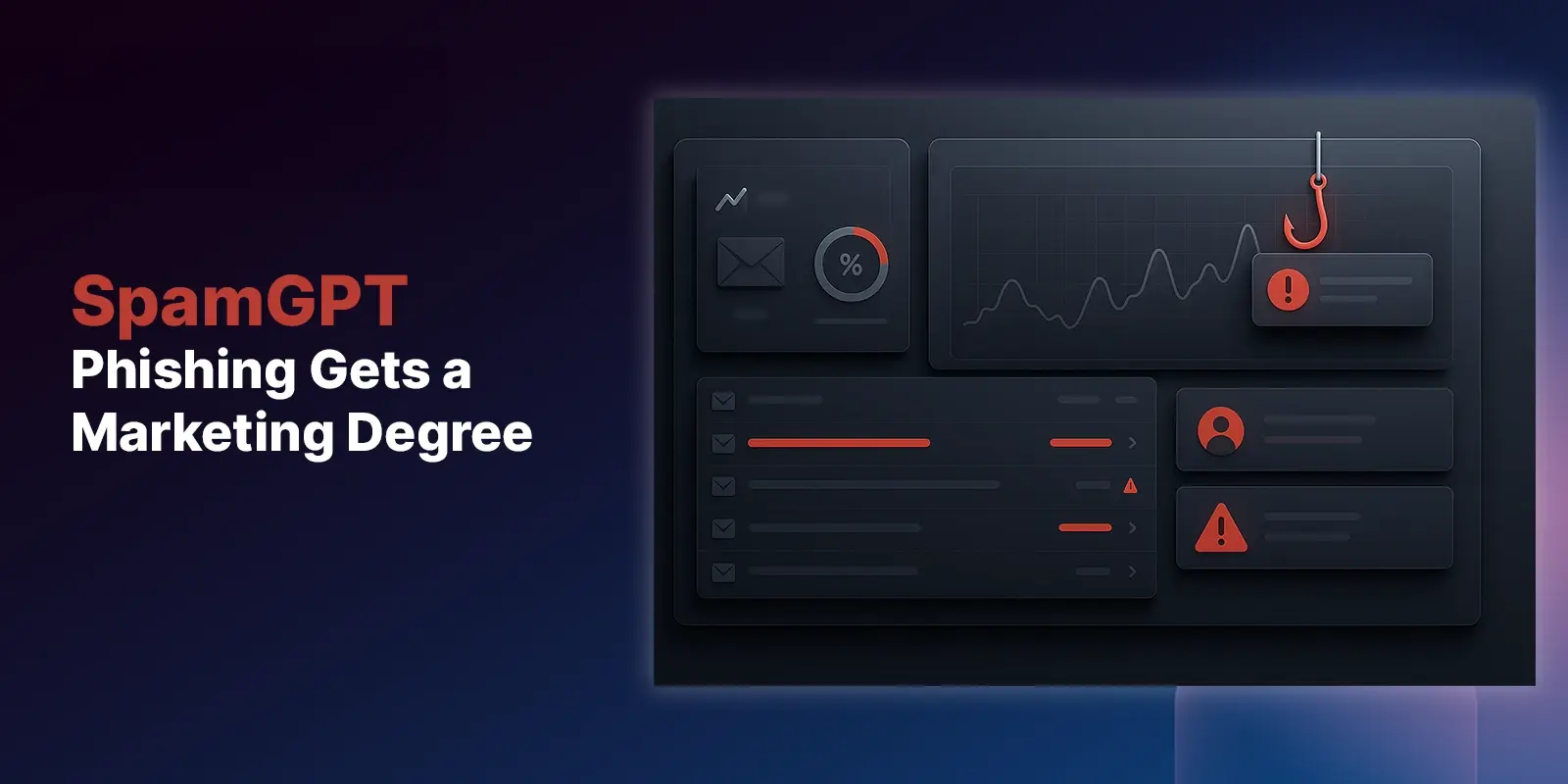Table of Contents
Artificial Intelligence (AI) has become a technology focal point across every industry. While some “powered by AI” features are more gimmick than game change, one industry that has rapidly transformed with groundbreaking AI advancements is Email Security. While many email security solutions have leveraged Machine Learning and AI technology long before the ChatGPT boom, the introduction of ChatGPT and other generative AI solutions has propelled the industry for good and evil.
This post goes into the AI-powered threats in email security and the indispensable role of AI in fortifying defenses against these evolving challenges.
Understanding the AI-Driven Threat Landscape in Email Security
The Evolution of Email Attacks
Email is a primary target for cybercriminals, with AI integration leading to more sophisticated attacks. The use of AI services to mimic the writing style and tone of legitimate senders. These advanced techniques have significantly enhanced the quality and believability of phishing attempts.
These advanced methods are scalable, personalized, and less detectable, bypassing traditional defenses.
The Commoditization of AI-Driven Phishing Tools
The launch of AI-powered phishing tools marked a new era in cyber threats, making it easier for attackers to execute sophisticated phishing campaigns. These AI tools can automate personalized phishing emails and gather detailed information about the target. These AI-enabled email threats pose a significant challenge, with spear phishing and business email compromise (BEC) attacks becoming more targeted and harder to detect.
Key Features of AI-Driven Phishing Tools
- FraudGPT: A versatile tool capable of crafting personalized spear phishing emails and fraudulent content, including fake invoices and news articles.
- WormGPT: An unethical counterpart to OpenAI's ChatGPT, focusing on hacking and illegal activities, though with limited capabilities.
AI as a Defensive Mechanism in Email Security
Enhancing Detection Efficacy with Adaptive AI
AI-enabled email security solutions are instrumental in safeguarding against these advanced threats. According to Osterman Research, “Four out of five organizations report that AI-enabled solutions have improved their ability to detect various types of threats.” These solutions utilize AI's ability to create behavioral profiles and detect anomalous patterns, enhancing detection efficacy.
The necessity for email security solutions enhanced by adaptive AI has become more apparent with the increasing complexity of AI-powered attacks. The Osterman report notes that “Over the past 24 months, four-fifths of organizations have implemented or are actively implementing AI-enhanced email security solutions” and that “The percentage of respondents ranking AI as “extremely important” to their email defenses has increased more than fourfold over the past 12 months.”
Balancing AI and Human Expertise in Email Security
While AI plays a crucial role in fighting advanced phishing threats, human expertise is essential for a robust email security strategy.
The combination of AI's efficiency and the human intuition of a security-aware workforce is crucial in interpreting patterns and making informed decisions. Leveraging human insights is vital in fine-tuning AI models for a comprehensive phishing defense, as cyber criminals adapt their AI-phishing strategy and tactics.
IRONSCALES Fall 2024 Report - Deepfakes
Deepfakes: Is Your Organization Ready for the Next Cybersecurity Threat?
Explore More Articles
Say goodbye to Phishing, BEC, and QR code attacks. Our Adaptive AI automatically learns and evolves to keep your employees safe from email attacks.

/Concentrix%20Case%20Study.webp?width=568&height=326&name=Concentrix%20Case%20Study.webp)










.webp?width=100&height=100&name=PXL_20220517_081122781%20(1).webp)




